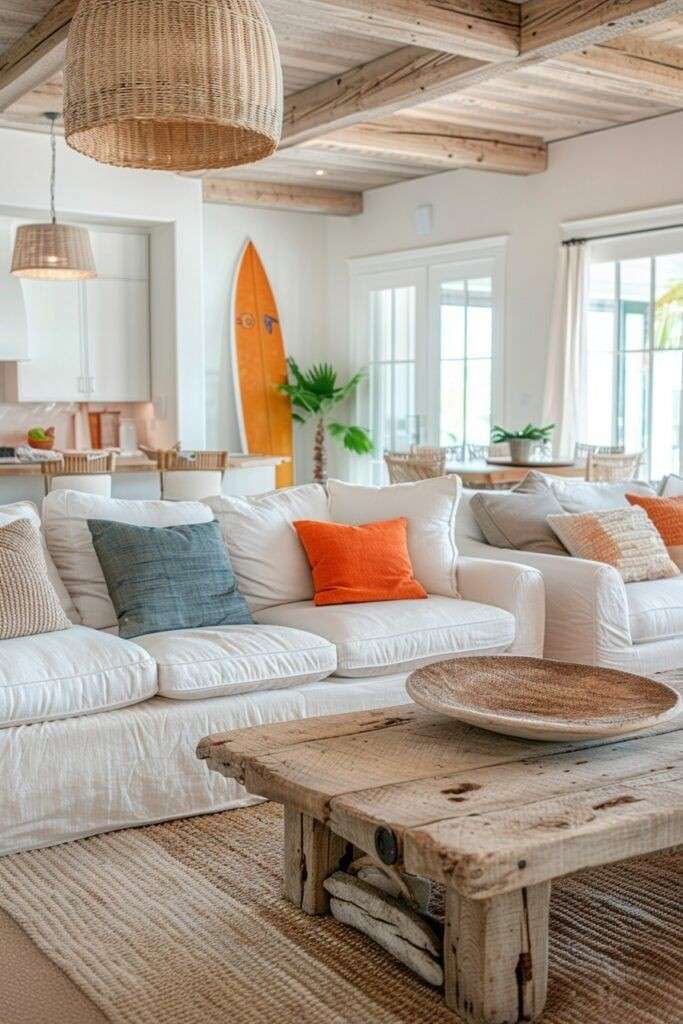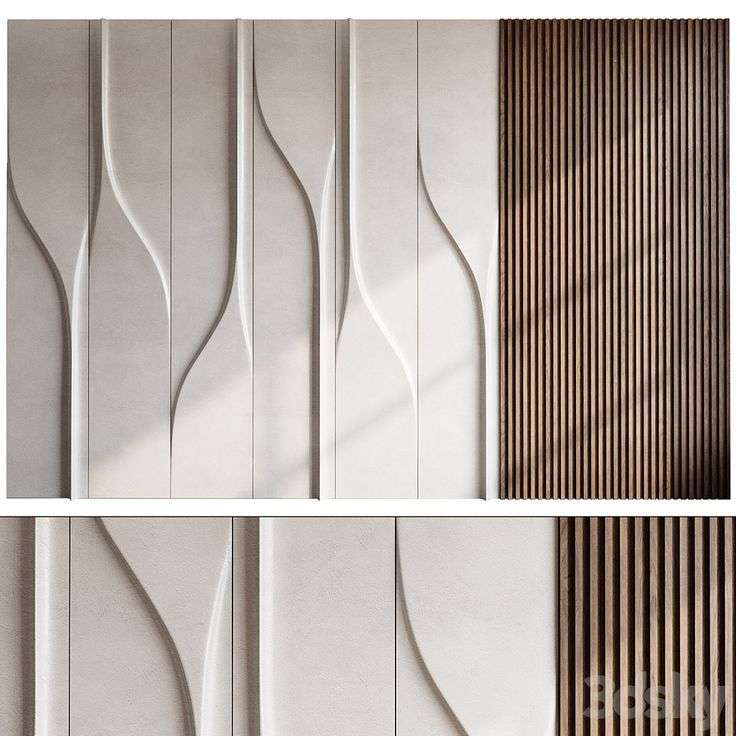Coastal living design is all about creating a light, airy, and relaxed atmosphere that mirrors the tranquility and natural beauty of seaside environments. Whether you’re near the beach or simply longing for the calming essence of ocean waves, coastal design embraces a serene, fresh, and breezy aesthetic. It evokes images of sun-drenched shores, soft sandy beaches, and the rhythmic sound of the sea.
In this blog, we’ll explore the key characteristics of coastal living, how to incorporate the style into your home, and why it’s such a beloved design trend for creating a refreshing, welcoming space.

What is Coastal Living Design?
Coastal living design celebrates the beauty of nature with a focus on lightness, openness, and simplicity. It evokes the effortless charm of beachside cottages and oceanfront homes, using color schemes, textures, and materials that reflect the beauty of the sea and sky. This style is built around creating a relaxed, welcoming atmosphere that’s ideal for both full-time homes and vacation retreats.
The core of coastal living lies in the connection between the interior space and its surroundings. Large windows, natural light, and easy flow between rooms create an open, airy environment. Furniture is often soft and casual, while decor highlights the soothing colors and textures found in nature.
Key Characteristics of Coastal Living Design
- Soft, Airy Color Palette
The colors used in coastal living are inspired by the natural beauty of the beach. Soft blues, whites, sandy beiges, and seafoam greens dominate the color scheme, creating a sense of calm and relaxation. The goal is to evoke the colors of the ocean, sky, and sand to bring a soothing ambiance into your home. You may also incorporate subtle accents of coral, driftwood gray, or warm terracotta to add depth and visual interest. - Natural Light and Open Spaces
A key feature of coastal design is the use of natural light. The more sunlight, the better—large windows, glass doors, and open spaces help fill the home with light, creating a warm and inviting atmosphere. Whether it’s a wide-view window looking out onto the ocean or a spacious living room that blends seamlessly into an outdoor patio, the goal is to make the space feel as open and expansive as the sea itself. - Light and Comfortable Furniture
Coastal living places emphasis on comfort, and the furniture reflects this. Think overstuffed sofas, soft cushions, and easy-to-maintain fabrics like linen, cotton, or slipcovers in neutral or light shades. Pieces should be functional yet relaxed, offering comfort for long, lazy days at home or enjoying a cozy evening with family and friends. Furniture made from natural materials like wicker, rattan, and wood adds texture and ties the design to the outdoors. - Natural and Beach-Inspired Materials
The materials used in coastal homes should be inspired by nature, focusing on organic textures that give a relaxed, organic feel. Light woods, such as pine or oak, are popular for furniture and flooring, while woven materials like jute, seagrass, and sisal are commonly used for rugs, baskets, and other accessories. Coastal decor often includes elements like shells, driftwood, and coral—pieces that bring the beauty of the beach directly into your space. - Relaxed and Inviting Atmosphere
The essence of coastal living is relaxation. The style embraces simplicity and comfort, which is why you’ll find minimalistic yet functional decor that doesn’t overwhelm the space. Casual, easygoing spaces with ample seating, soft fabrics, and serene color palettes encourage relaxation and downtime. This laid-back aesthetic is perfect for homes that prioritize casual living and coastal-inspired comfort. - Outdoor Connection
The coastal living style often blurs the line between indoors and outdoors. Large sliding doors or bi-fold doors can lead directly to a deck or patio, allowing you to enjoy the fresh air and beautiful views. Outdoor furniture should match the relaxed vibe of the indoors, with comfortable seating, weather-resistant materials, and simple, clean lines. A cozy outdoor area, perhaps with a hammock, lanterns, and plants, enhances the feeling of living near the beach.



